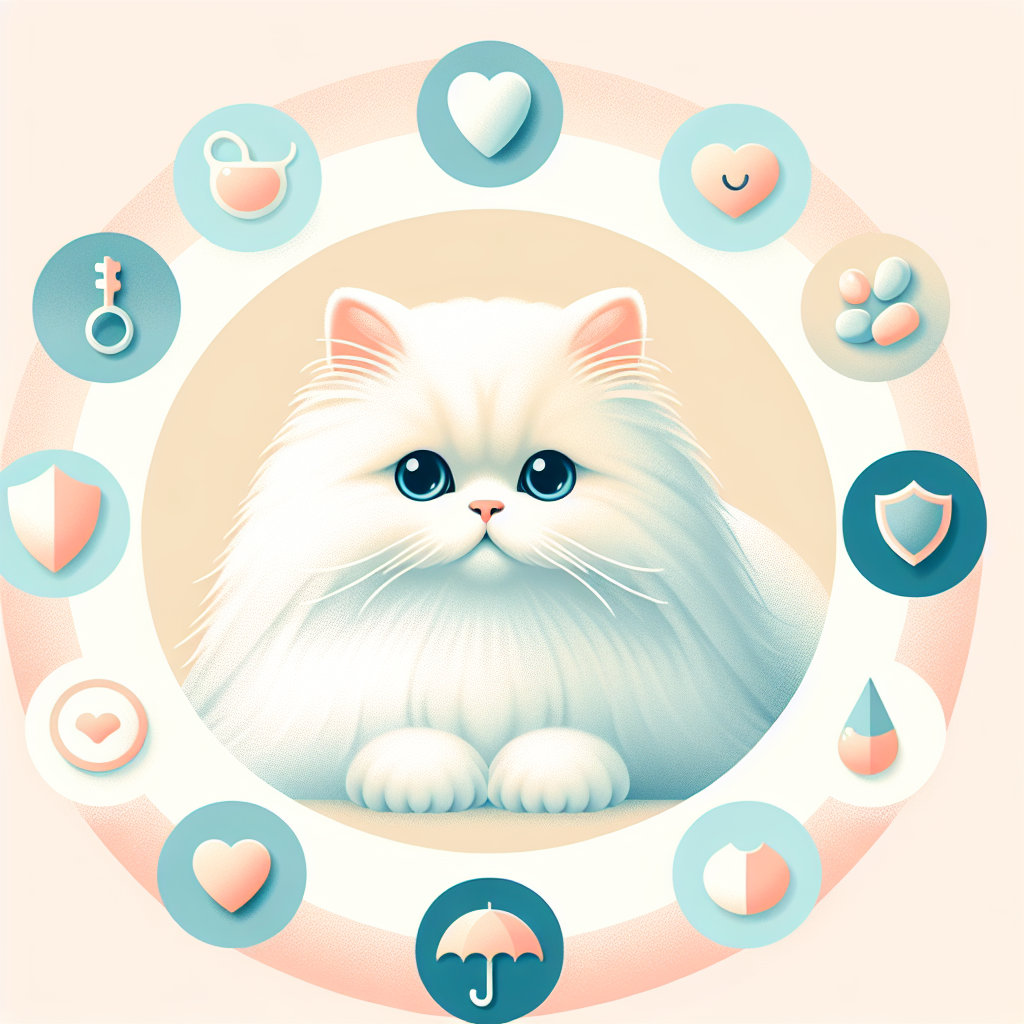
Protecting Your Persian: Common Health Issues to Watch For
Persian cats are known for their luxurious, long fur, sweet faces, and calm, laid-back demeanor. These elegant felines have been a favorite among cat lovers for centuries, thanks to their affectionate nature and stunning appearance. However, like all breeds, Persians are prone to certain health issues that owners should be aware of in order to keep their beloved pets healthy and happy.
In this article, we will explore some of the most common health issues that Persians may face, as well as tips on how to prevent and treat these conditions to ensure your Persian stays in optimal health.
1. Respiratory Issues
One of the most common health issues that Persians face is respiratory problems. Due to their flat faces and short noses, Persians are prone to breathing difficulties, including snoring, wheezing, and noisy breathing. This condition, known as brachycephalic airway syndrome, can be exacerbated by obesity, stress, and hot weather.
To help prevent respiratory issues in your Persian, it is important to keep their weight in check through a healthy diet and regular exercise. Additionally, avoid exposing your cat to extreme temperatures and provide plenty of fresh air and ventilation in your home. If you notice any signs of breathing difficulties in your Persian, such as coughing, wheezing, or labored breathing, it is important to consult with your veterinarian for an accurate diagnosis and appropriate treatment.
2. Dental Problems
Persians are also prone to dental issues, such as periodontal disease, gingivitis, and tooth decay. These problems can be caused by a buildup of plaque and tartar on the teeth, which can lead to painful infections and tooth loss if left untreated.
To prevent dental problems in your Persian, it is important to establish a regular dental care routine, including brushing your cat’s teeth regularly and providing dental treats and toys to help reduce plaque buildup. Additionally, regular dental check-ups with your veterinarian can help catch any issues early on and prevent them from progressing into more serious conditions.
3. Polycystic Kidney Disease
Polycystic kidney disease (PKD) is a genetic condition that is common in Persians, causing the formation of fluid-filled cysts in the kidneys. This condition can lead to kidney failure if left untreated, making early detection and management crucial for the long-term health of your Persian.
To screen for PKD in your Persian, your veterinarian may recommend regular blood and urine tests, as well as ultrasounds or genetic testing to confirm a diagnosis. Treatment options for PKD may include medications to manage symptoms, dietary changes to support kidney function, and regular monitoring to track the progression of the disease.
4. Feline Lower Urinary Tract Disease
Feline lower urinary tract disease (FLUTD) is a common condition in cats, including Persians, that affects the bladder and urethra. Symptoms of FLUTD may include frequent urination, straining to urinate, blood in the urine, and urinating outside the litter box.
To help prevent FLUTD in your Persian, it is important to provide plenty of fresh water to encourage proper hydration and reduce the risk of urinary crystals forming in the bladder. Additionally, feeding a high-quality diet that is low in magnesium and phosphorus can help support urinary health and prevent the formation of crystals. If you notice any signs of FLUTD in your Persian, it is important to seek veterinary care promptly to prevent complications and provide appropriate treatment.
5. Heart Disease
Persians are also at an increased risk of developing heart disease, such as hypertrophic cardiomyopathy (HCM), a condition that causes the walls of the heart to thicken and reduce the heart’s ability to pump blood effectively. Symptoms of heart disease in cats may include lethargy, difficulty breathing, coughing, and fainting.
To help prevent heart disease in your Persian, it is important to schedule regular veterinary check-ups to monitor your cat’s heart health and detect any issues early on. Your veterinarian may recommend diagnostic tests, such as echocardiograms or electrocardiograms, to assess your cat’s heart function and provide appropriate treatment if necessary.
In conclusion, Persians are beloved for their beauty and gentle nature, but like all breeds, they are prone to certain health issues that owners should be aware of in order to keep their pets happy and healthy. By being proactive in monitoring your Persian’s health, establishing a regular veterinary care routine, and providing a healthy diet and environment, you can help prevent and treat common health issues to ensure your Persian lives a long and fulfilling life. Remember, early detection and intervention are key to managing health issues in Persians, so don’t hesitate to consult with your veterinarian if you have any concerns about your cat’s health.





